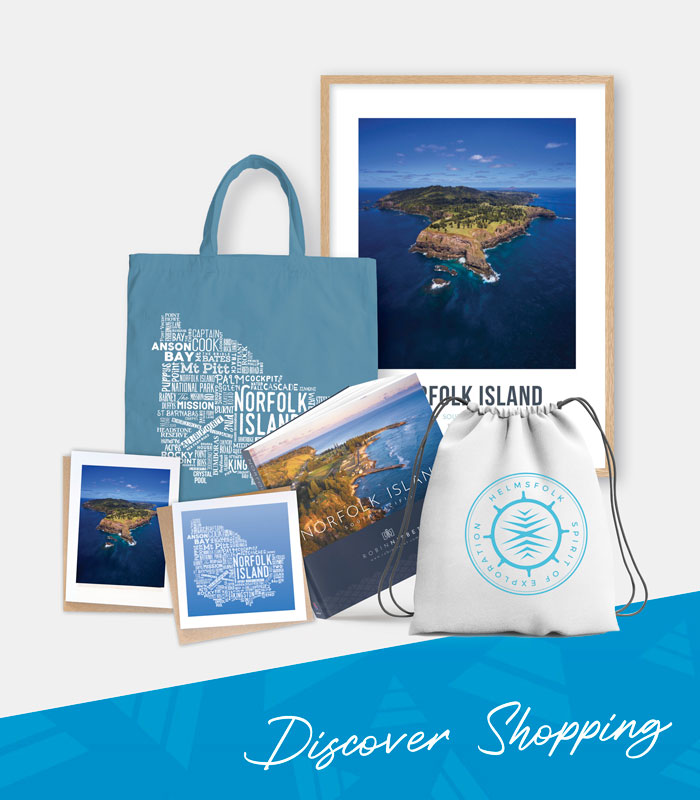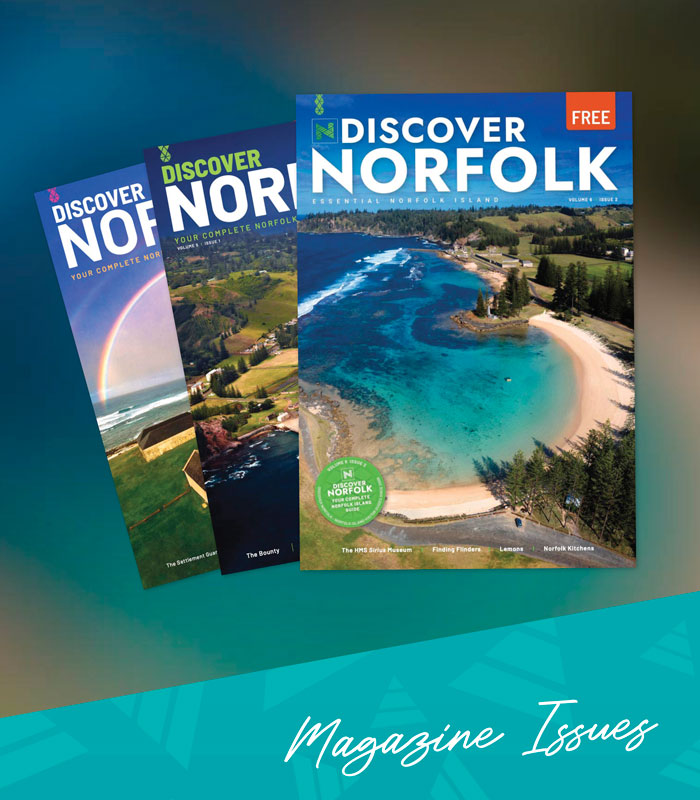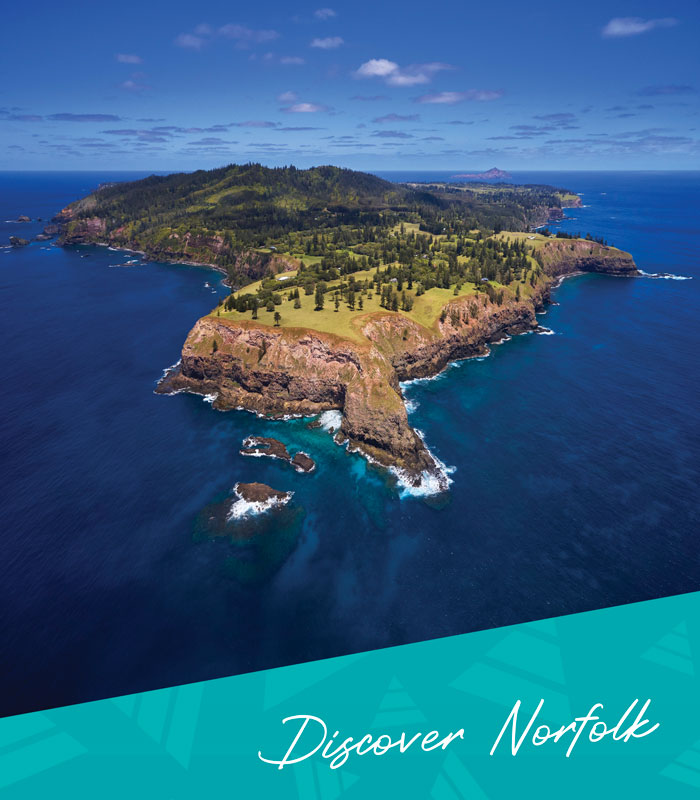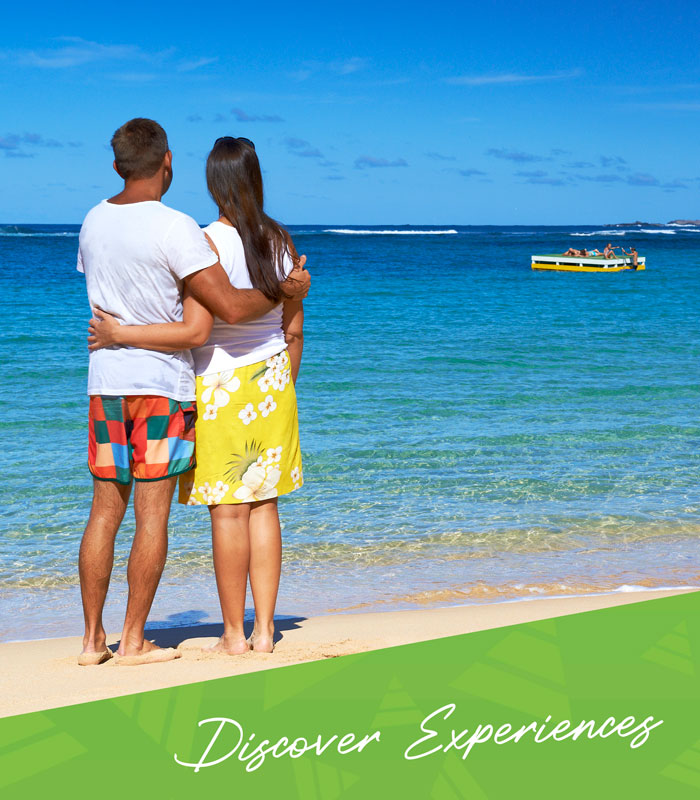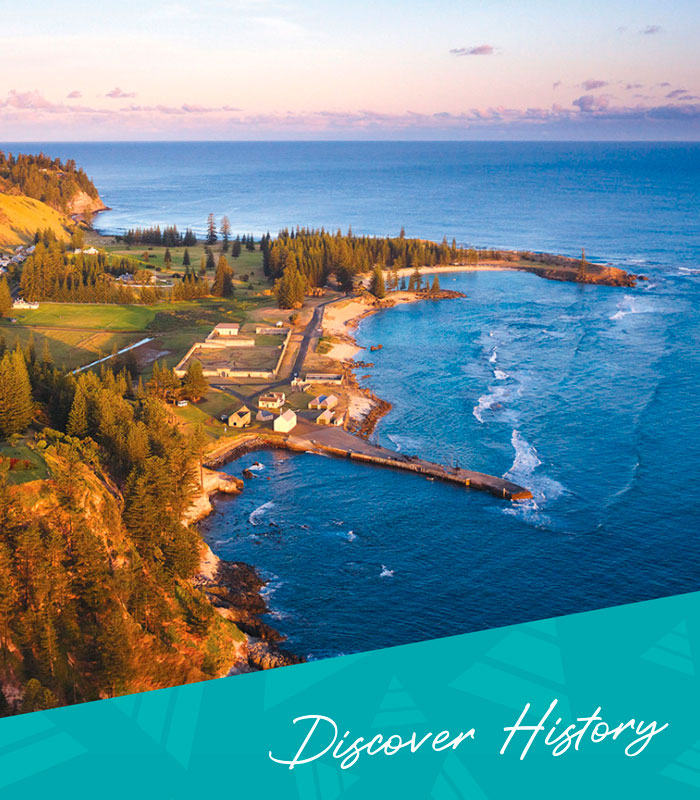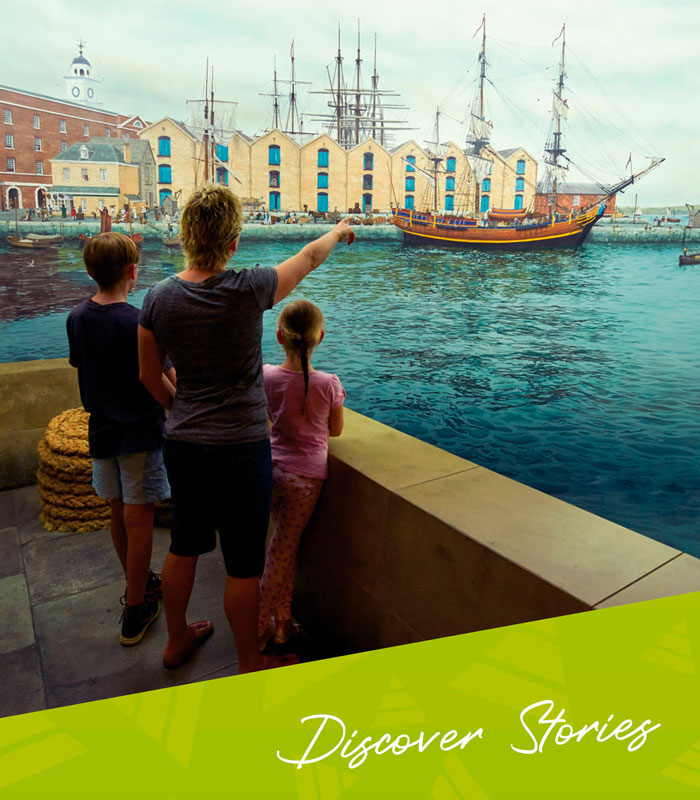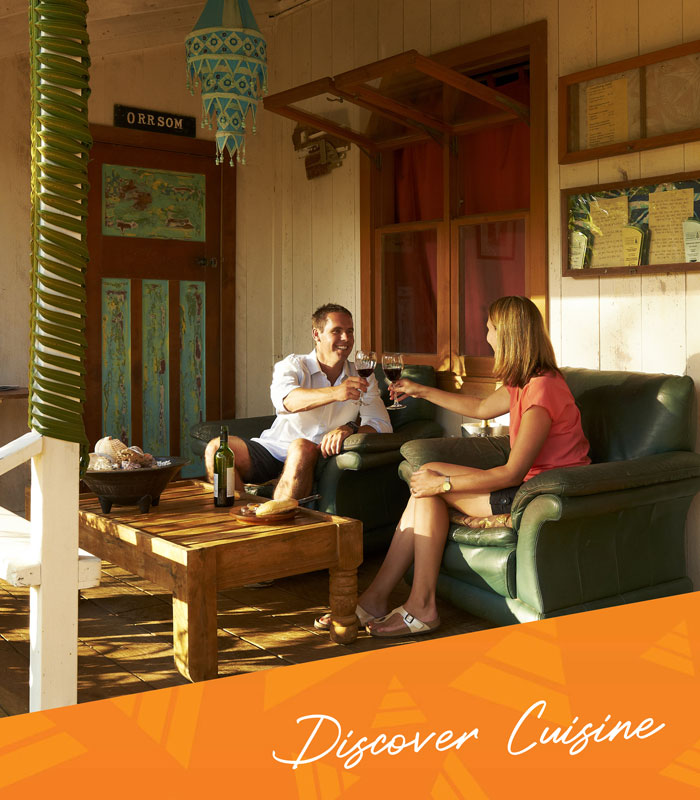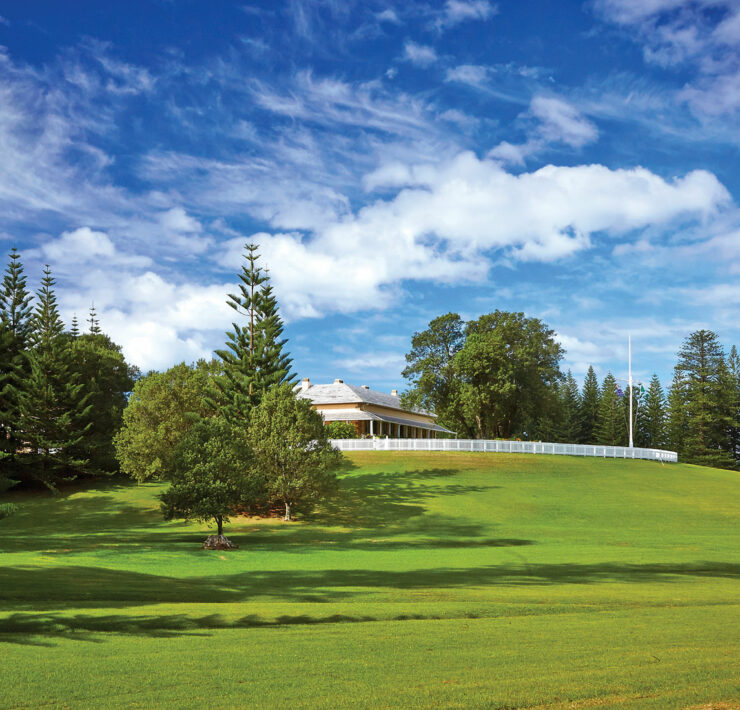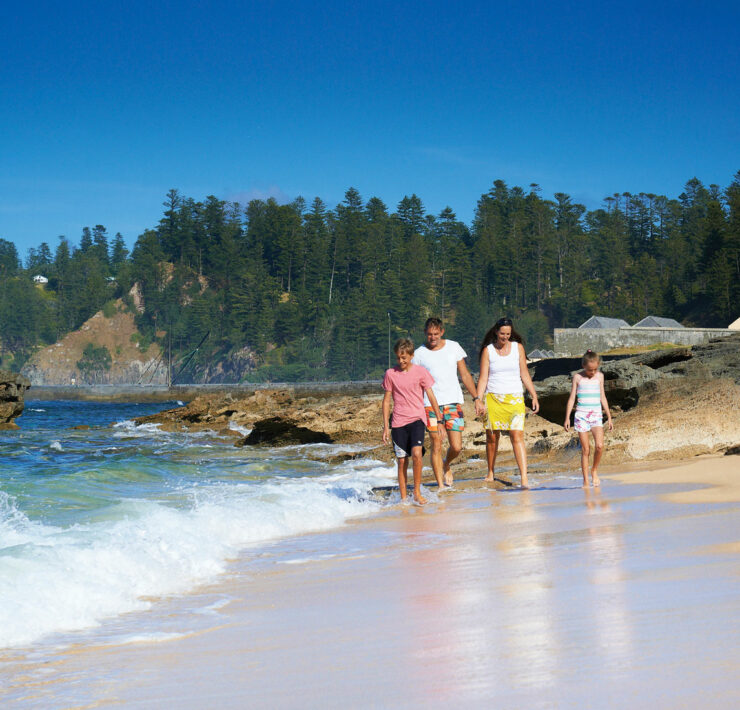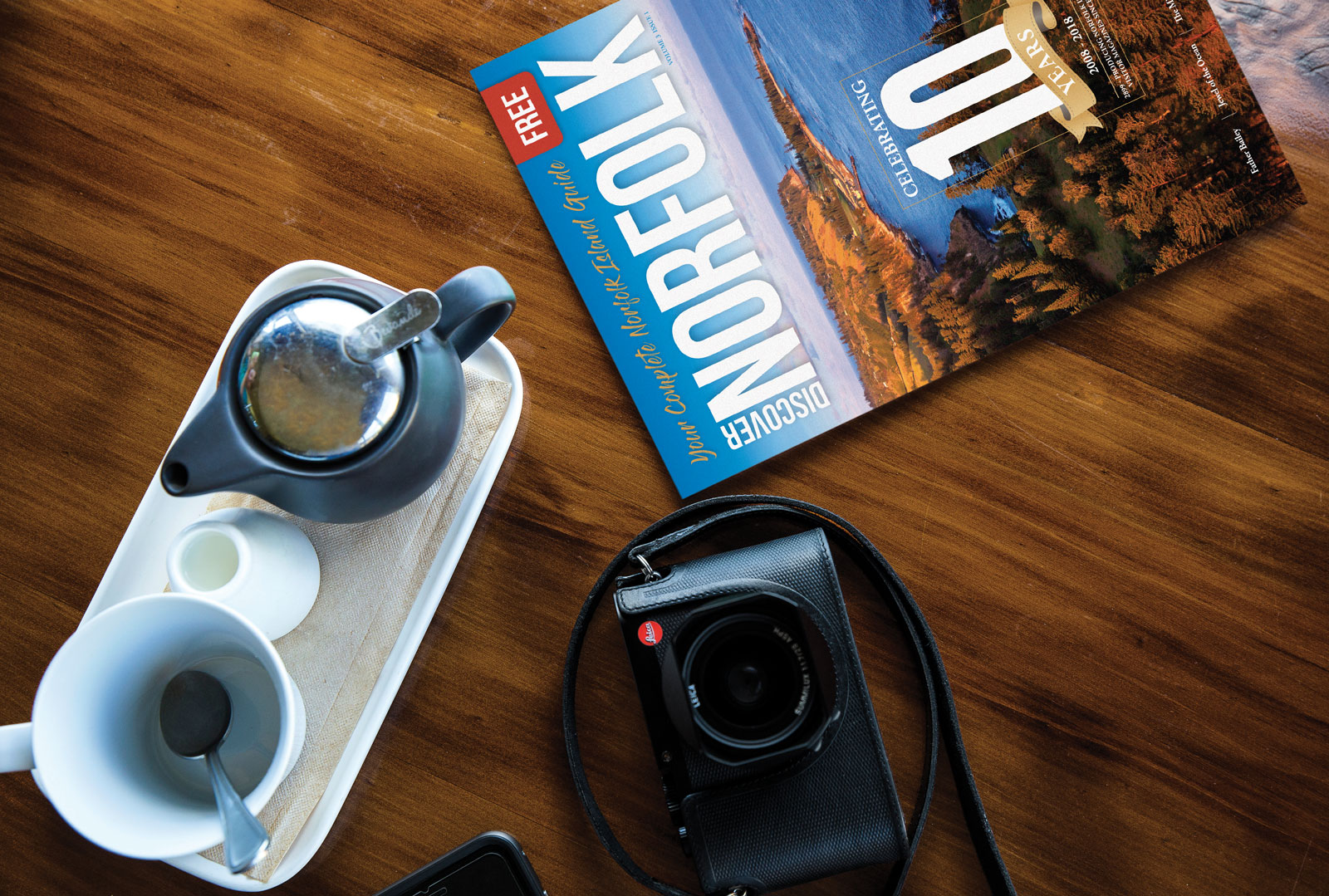Home » All Articles » Good as Gold: Bananas or ‘plun’
Good as Gold: Bananas or ‘plun’

The humble banana may be considered one of the Mother Nature’s finest achievements! It is the perfect size to satisfy a temporary hunger pang, and comes in its own organic and biodegradable sealed package. The mother plant is the perfect renewable resource, ensuring a continuing supply by sending up suckers around its base before it dies. As a crop which can grow all year round, the banana is important to global food security.
Many believe that the banana’s ancestors were the very first fruits on earth, and it was they, rather than the apple, that played the leading role in the Garden of Eden story. Belonging to the genus Musa, bananas as we know them now probably originated around the area of the Malaysian Peninsula, the Philippines and Indonesia, and were first domesticated in New Guinea. Traders and travellers transported plant material to India and southern China, and thence to the far reaches of the tropical and subtropical areas of the world, including Africa, the Americas, and the islands of the Pacific.
The word ‘banana’ is thought to have come from the Arabic word ‘banan’, meaning finger. The original fruits were probably much smaller than those we enjoy today, with large hard seeds. Over the centuries, varieties have been selected and propagated whose seeds have been reduced to insignificant black specks, barely visible in the fleshy sweetness that characterises the fruit we know today. The banana plant is botanically classified as a flowering herb, and its fruit as a berry.
Many attempts have been made to describe sub-categories of bananas. Most agree that they mainly fall into two groups – the more starchy plantain or cooking banana, and the fleshy dessert type. In places where the banana is something of a staple food, varieties that perform both functions are especially prized.
When Lieutenant King arrived on Norfolk Island in 1788 to establish the first colonial penal settlement, he was surprised to discover a cultivated plantation of plantain type bananas, one of several indications that Polynesians had been to the island and settled for varying periods of time. King tackled the task of thinning out the overgrown clump, and propagating them, along with other banana suckers that had been collected by the First Fleet in Rio de Janeiro. Unfortunately, the fruit would only have been enjoyed by the officers, while the prisoners were restricted to their tedious and punitive rations of salted meat and grain meal.
When the Pitcairners came to settle on the island in 1856, the banana or ‘plun’ as it is locally known was a significant part of their diet, and along with root vegetables and arrowroot, provided much of the carbohydrate needs of the community. They have always grown well on the island, with very few disease problems in their cultivation.
Bananas were grown on a large scale by the Melanesian Mission between the 1860’s and 1920, to help feed the large numbers of students with foods that were familiar to them. A number of different varieties were brought down from the islands of Melanesia. Seeing the success of the Mission plantations, the Norfolk Islanders saw possibilities in the idea of growing bananas for export. Reports in 1895 speak of a “banana fever” gripping the island, and extensive plantings of suckers being carried out. However, unreliable shipping services proved discouraging.
When the Mission departed for the Solomons in 1920, much of their land (834acres in all) was returned to the Crown, which made it available as leases. Many of these were taken up by enterprising mainland settlers, seeking farming and lifestyle opportunities. Many of these new residents came from New Zealand. Not only did they boost the island’s population, but strengthened ties with New Zealand to the extent that there was some political pressure for the island to come under that country’s oversight.
In the period between about 1925 and 1935, bananas were to play a very important part in the development of the island as we know it today. These years are known as the ‘Banana Boom’. days. On the volcanic slopes of Mount Pitt and the sheltered valleys at its base, large plantations of bananas were established, many of them on the leases that had been taken up by the newcomers. In N.S.W. and Queensland, a disease known as “bunchy top” had ravaged the local industry, and they were happy to receive large shipments of bananas from the island, along with other fruit and vegetable produce. Commercial prospects were increased by the fact that in Australia the Norfolk bananas did not attract the same duty as those from other Pacific islands like Fiji. New Zealand also accepted large quantities of the fruit on a regular steamer service.
The new immigrants who had become heavily involved in the industry had quite an impact on the community, both socially and economically. They brought with them progressive farming techniques, as well as cars and lorries and farming equipment. Coins and bank notes began to replace the barter system under which the community had operated for so long. The heavy demand for labour gave rise to new opportunities for paid employment, and many Norfolk Island families took the opportunity to turn their own land into banana plantations. There was a school at Anson Bay for the younger children from these new farms, as well as those from the Anson Bay Cable Station.
So much land was cleared that new sawmills sprang up to deal with the copious amounts of timber from the felled trees. A little of this was exported, but a great deal was utilised for homes and sheds and infrastructure needed for the increasing population, as well as the crates needed to pack the fruit. An emerging tourist industry also led to the building of a number of holiday cottages and guest houses. Land values increased, and attempts were made to utilise the flatter areas of the island where the soil lacked the rich humus of the valleys, but where production was less labour intensive.
In 1928, over 11,000 cases of bananas were sent away, and in the following year this number more than doubled! By 1930, more than 800 acres were in full cultivation, with the prospect of many more being cleared. There was an enormous optimism on the island, and improved shipping services promised opportunities to explore other agricultural enterprises, and possibly to revive the lemon juice/seed industry which had failed some years before.
It was somewhat typical of the ‘Boom and Bust’ cycles that Norfolk Island has experienced over the decades that problems would start to develop, much of it through factors beyond the island’s control. During uncertain weather conditions, slow shipping voyages sometimes meant that the bananas arrived at their destination almost ‘cooked’, a problem aggravated by the lack of ventilation in the cargo holds. Meanwhile, growers in Carnarvon in West Australia had increased production and moved in to secure the markets on the East Coast of Australia. Another factor was the Depression, when “fruit for the sideboard” became something of a luxury. Meanwhile the New Zealand market was completely lost because of the Australia/New Zealand Tariff and Trade Embargo Wars of 1934.
As quickly as it had started, the bottom fell out of the banana industry. Many of the settlers left, seeking opportunities elsewhere. Some struggled even to find the funds to pay their debts and purchase a passage back to the mainland. A handful stayed for a while, and they, along with the islanders, looked for other export opportunities such as bean seed and passionfruit pulp. Much of the land reverted to weed for a time. Eventually the area on the north west of the mountain was reclaimed for forestry purposes.
The banana remains a popular food and crop for Norfolk Islanders. Visitors, accustomed to rows of standard bland supermarket specimens, are always amazed to see large bunches, in varying stages of ripeness, hanging from the verandahs of island homes, and sometimes outside their tourist accommodation units. Many comment on the superior flavour of fruit that has been allowed to mature and ripen naturally.
Bananas, or ‘plun’, continue to be a staple in island kitchens. As in other places, they are enjoyed in lunchboxes, in banana cakes, fruit salads, or as a side dish for fish and curries. They are often steamed, or cooked on the barbecue in their skins. Because many households harvest whole bunches from their own backyards, there is a need to be creative and use them at all stages of ripeness, from green through to brown and squishy!
Older islanders recall that in their childhood days, the banana was used more as a vegetable than a fruit.
“We used to eat them fried, steamed, boiled and baked … and our mother was an expert in just what stage of ripeness was needed for a particular dish”.
There are a number of island dishes that trace back to the Polynesian roots of the island’s people. Mudda uses green but fully formed bananas, grated and shaped into a dumpling which is then simmered in milk. Fried mudda, or plun pancakes are the names given to fritters of grated green plun cooked in fat or oil. In the early days, the fruit would have been grated on a ‘yollo’, which is a slab of black stone with a criss-cross pattern carved into its surface, brought from Pitcairn. At the other end of the scale of ripeness, we have plun pilhi, in which very overripe fruit is mixed with flour and baked as a type of vegetable cake. These dishes make a wonderful accompaniment to all sorts of savoury dishes.
Equally useful in the kitchen are the young banana leaves which were always used for lining dishes or wrapping food in the days before foil was available. Meanwhile the older leaves which wrap themselves around to form the trunk of the banana plant are known as rahooloo, and are used for plaiting to make baskets and hats. They have a firm fibrous texture and rich colour much like tortoiseshell.
Even the banana peels can be used in a number of ways. Applying it to the skin is said to ease itches and bites, and help remove warts. They can be used for chicken or stock food, added to compost, and can even provide a disposable polishing cloth for boots or silver!
In addition to the banana’s flavour and convenience, they boast an enormous range of health and dietary benefits. They contain no salt, fat or cholesterol, and are rich in many vitamins and minerals, as well as fibre and antioxidants. They provide an instant energy boost, help release relaxation hormones, and are easily digested.
In more recent years, Norfolk Island once again benefitted from loss of banana crops on the East Coast of Australia. In 2006, devastation from Cyclone Larry in Queensland led to shortages of bananas and mainland prices soared to up to $16 per kilo. Visitors to the island were delighted to come here and find an abundance of the beautiful sun-ripened fruit at a far lower price. Sometimes there is a real glut of bananas, and island folk love to share them round. They will often leave a box outside the gate or a shop, and ask passers-by to help themselves!
Go on. Peel yourself a Norfolk Island banana and enjoy its golden goodness.
____
Image Credit: Robin Nisbet
www.robinnisbet.com
____
Article content disclaimer: Article first published in YourWorld, Volume 05 Issue 01, 2015. Please note that details of specific travel, accommodation and touring options may be outdated. References to people, places and businesses, including operating days and times may be have changed. References to Government structure and Government businesses/entities may no longer be applicable. Please check directly with businesses and/or Government websites directly rather than relying on any information contained in this article before you make travel arrangements.


